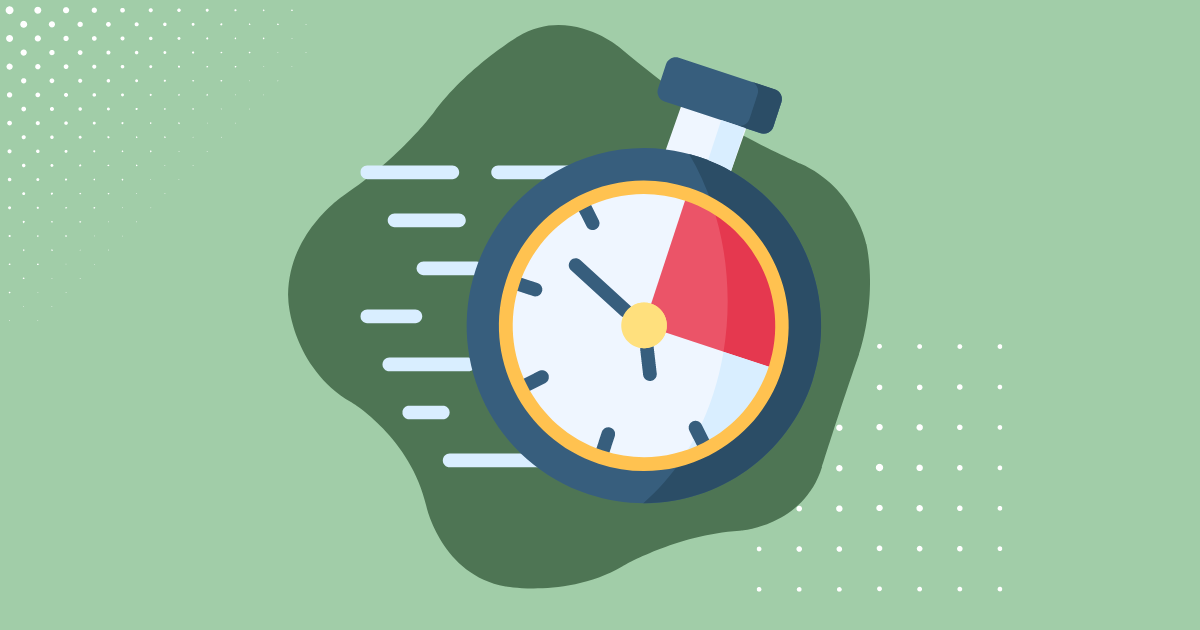How to Speed Up Your Website – 10 Proven Techniques

Welcome to the ultimate guide to speeding up your website! Whether you’re a beginner just starting or an experienced developer looking to fine-tune your site, this article is here to help. A fast website improves user experience and boosts your SEO rankings. Let’s dive into the ten proven techniques to make your website blazing fast.
Introduction: Why Website Speed Matters
Imagine this: You’re browsing online, click on a link, and the page takes forever to load. Frustrating, right? In today’s fast-paced world, nobody has the patience to wait for a slow website. Studies show that even a one-second delay in page load time can lead to a significant drop in conversions. Speeding up your website isn’t just a nice-to-have; it’s a must-have.
Optimize Your Images
Why It Matters
Images are often the biggest culprits in slow websites. Optimizing them can significantly reduce load times.
How to Do It
- Resize Images: Use the appropriate size for your images. There is no need to upload a 4000×3000 pixel image if it will only be displayed as a thumbnail.
- Compress Images: Tools like TinyPNG or ImageOptim can reduce the file size without compromising quality.
- Use Correct Formats: JPEG for photos, PNG for graphics with fewer than 16 colors, and SVG for logos and icons.
Enable Browser Caching
Why It Matters
Caching allows browsers to store files locally, reducing the need for repeated downloads.
How to Do It
- Set Expiry Headers: Specify how long browsers should keep files before checking for updates.
- Use Plugins: If you’re using WordPress, plugins like W3 Total Cache, WP Super Cache, or LiteSpeed Cache can simplify this process.
Minimize HTTP Requests
Why It Matters
Every element on your page (images, scripts, stylesheets) requires a separate HTTP request. Fewer requests mean faster load times.
How to Do It
- Combine Files: Merge multiple CSS files into one and do the same for JavaScript files.
- Use Inline Scripts: Consider inlining them directly into your HTML for small CSS and JavaScript.
Use a Content Delivery Network (CDN)
Why It Matters
A CDN distributes your content across multiple servers worldwide, ensuring faster delivery to users based on their geographic location.
How to Do It
- Choose a CDN: Services like Cloudflare, Amazon CloudFront, and Akamai are popular choices.
- Configure Your CDN: Follow the provider’s setup guide to integrate it with your site.
Enable Compression
Why It Matters
Compression reduces the size of your web files, allowing them to load faster.
How to Do It
- Gzip Compression: Enable Gzip compression on your server. Most web hosting services offer this option.
- Brotli Compression: Consider using Brotli for even better compression rates.
Optimize Your CSS and JavaScript
Why It Matters
Large CSS and JavaScript files can slow down your website.
How to Do It
- Minify Files: Remove unnecessary spaces and comments using tools like UglifyJS for JavaScript and SiteScores for CSS.
- Defer JavaScript Loading: Use the defer attribute to delay loading JavaScript until after parsing the HTML.
Reduce Server Response Time
Why It Matters
A fast server response time ensures that your website starts loading quickly.
How to Do It
- Choose a Reliable Hosting Provider: Invest in a good hosting service; we use Hostinger.
- Optimize Your Database: Regularly clean and optimize your database to ensure quick responses.
Use Lazy Loading
Why It Matters
Lazy loading delays the loading of non-essential images and videos until the user scrolls past them.
How to Do It
- Lazy Load Plugins: Use plugins like Lazy Load by WP Rocket or a3 Lazy Load for WordPress.
- Native Lazy Loading: Use the loading=”lazy” attribute on your images.
Leverage Browser Prefetching
Why It Matters
Prefetching allows browsers to anticipate and load resources before they’re needed.
How to Do It
- DNS Prefetching: Use <link rel=”dns-prefetch” href=”//example.com”> to resolve domain names in advance.
- Preload Key Resources: Use <link rel=”preload” href=”/path/to/resource” as=”style”> for critical resources.
Regularly Monitor and Test Your Website
Why It Matters
Regular monitoring helps you catch issues before they affect user experience.
How to Do It
- Use Tools: Tools like Google PageSpeed Insights, GTmetrix, and SiteScores Audits can provide insights and suggestions.
- Conduct Regular Audits: Make it a habit to check your website’s performance and address any issues periodically.
Best Practices and Additional Tips
- Keep Your Website Updated: Regularly update your CMS, plugins, and themes to ensure optimal performance.
- Limit External Scripts: Too many external scripts can slow down your site. Only use what’s necessary.
- Optimize Fonts: Use modern font formats and only load the fonts you need.
Conclusion
Speeding up your website doesn’t have to be daunting. Following these ten proven techniques can significantly improve your site’s performance, leading to happier visitors and better SEO rankings. Remember, it’s all about providing your users a smooth and enjoyable experience. Happy optimizing!
